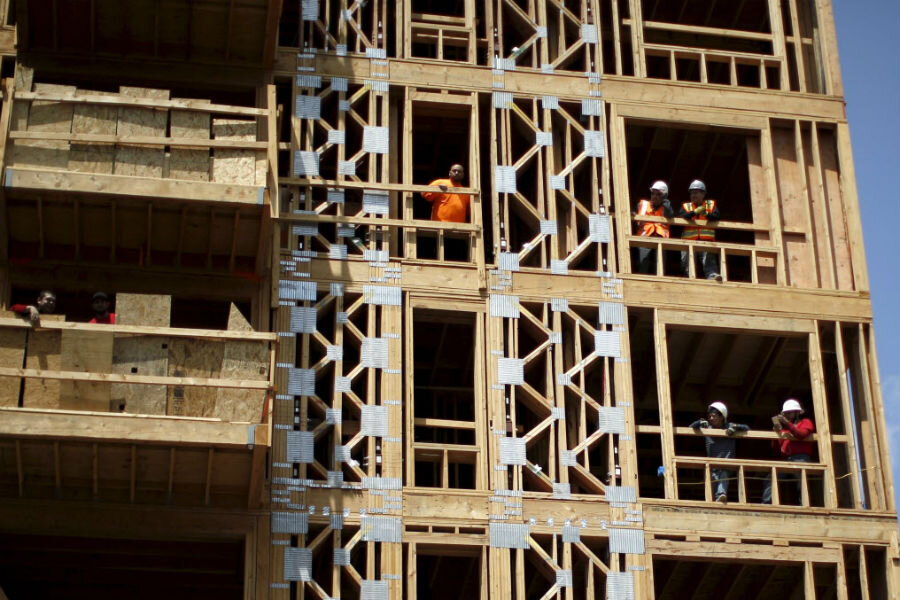As the economy accelerates, the construction industry falters
Loading...
| Washington
U.S. manufacturing activity expanded for a third straight month in May, but growth in new orders continued to slow as factories grappled with sluggish overseas demand and weak capital spending in the energy sector.
Other data on Wednesday showed construction spending recorded its biggest decline in more than five years in April as spending fell broadly, which could prompt economists to lower their second-quarter growth estimates.
The Institute for Supply Management (ISM) said its index of national factory activity increased half a percentage point to a reading of 51.3 last month. The increase in the index largely reflected a jump in prices paid by factories for raw materials.
A reading above 50 indicates expansion in manufacturing, which accounts for about 12 percent of the U.S. economy.
Despite signs that the economy is regaining speed in the second quarter, manufacturing remains constrained by the lingering effects of the dollar's surge and oil price plunge between June 2014 and December 2015.
With the dollar's rally fading and oil prices steadily rising, there is cautious optimism that manufacturing will eventually find its footing.
Although the ISM index has remained above expansion territory for three consecutive months, so-called hard data on manufacturing has been generally weak.
The government reported last week that orders for long-lasting manufactured capital goods, excluding defense and aircraft, fell in April for a third straight month.
A separate report from the Commerce Department showed construction spending tumbled 1.8 percent after an upwardly revised 1.5 percent jump in March. April's drop was the largest since January 2011.
Economists polled by Reuters had forecast construction spending rising 0.6 percent in April after a previously reported 0.3 percent increase in March.
Construction outlays were up 4.5 percent from a year ago.
The weak construction report bucked fairly strong April data on consumer spending, industrial production, goods exports and housing, which have bolstered views the economy was regaining speed after growth braked to a 0.8 percent annualized rate in the first quarter.
As a result of the soft report, second-quarter gross domestic product estimates, currently ranging as high as a 2.9 percent rate, could be cut. However, the sharp upward revision to March's construction spending suggests the first-quarter GDP growth estimate could be revised higher.
In April, construction spending was held down by a 1.5 percent drop in private construction, which was the largest decline since January 2013. Outlays on private residential construction also fell 1.5 percent as spending on multifamily buildings tumbled 3.1 percent.
Spending on private nonresidential structures plunged 1.5 percent in April. Weak spending on nonresidential structures such as gas and oil well drilling contributed to slow economic growth at the start of the year.
Public construction spending dropped 2.8 percent in April as outlays on state and local government construction projects, the largest portion of the public sector segment, tumbled 3.0 percent. Federal government construction spending slipped 0.2 percent.
(Reporting By Lucia Mutikani; Editing by Andrea Ricci)







